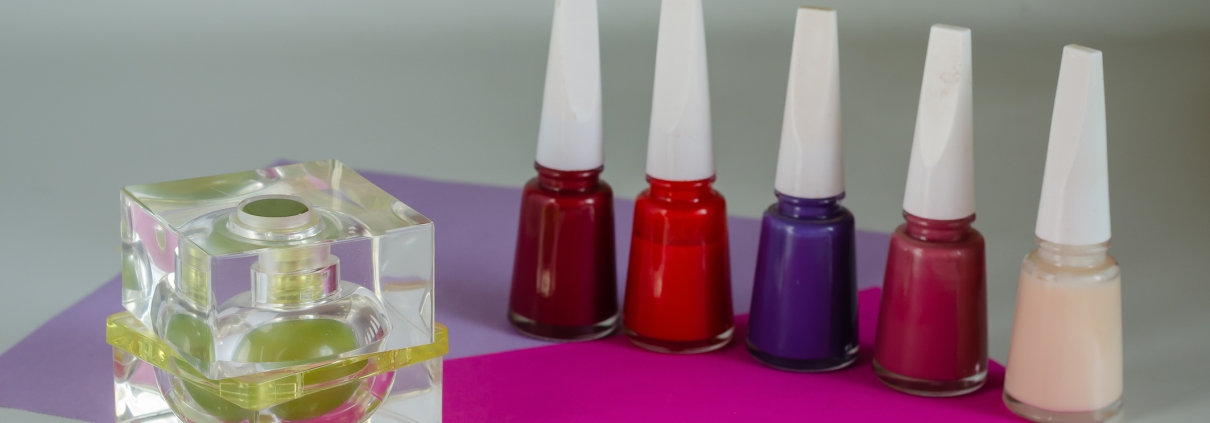The Adverse Effects of Formaldehyde in Nail Products
For many people, getting a manicure or pedicure is a relaxing and enjoyable way to pamper themselves and enhance the appearance of their nails. However, amidst the array of colorful polishes and treatments available, there lurks a hidden danger: formaldehyde. This chemical, commonly found in some nail products, can pose significant risks to both nail technicians and consumers alike. In this article, we delve into the adverse effects of formaldehyde on nails and the importance of choosing safer alternatives.
What is Formaldehyde?
Formaldehyde is a colorless, strong-smelling chemical commonly used in various industries, including nail care products. It acts as a preservative and hardening agent in nail polishes, nail hardeners, and nail glue, helping to extend the shelf life of these products and improve their performance.
The Dangers of Formaldehyde Exposure:
While formaldehyde may seem innocuous, prolonged exposure to this chemical can have serious health consequences. Some of the adverse effects of formaldehyde exposure on nails include:
Irritation and Sensitivity:
Formaldehyde can irritate the skin, nails, and mucous membranes, leading to redness, itching, and burning sensations. Prolonged or repeated exposure may result in allergic reactions, dermatitis, or contact dermatitis.
Brittle Nails:
Ironically, while formaldehyde is often used in nail hardeners to strengthen nails, it can have the opposite effect over time. Prolonged exposure to formaldehyde can cause nails to become dry, brittle, and prone to splitting and breakage.
Nail Discoloration:
Formaldehyde exposure may cause nails to become discolored, turning yellow or brownish in hue. This discoloration can be unsightly and difficult to reverse, even after discontinuing the use of formaldehyde-containing products.
Respiratory Issues:
Inhalation of formaldehyde vapors can irritate the respiratory tract and exacerbate existing respiratory conditions such as asthma or bronchitis. Nail technicians and salon workers who are exposed to formaldehyde on a regular basis may be at higher risk of developing respiratory problems.
Carcinogenicity:
Perhaps most concerning is the potential link between formaldehyde exposure and cancer. The International Agency for Research on Cancer (IARC) classifies formaldehyde as a known human carcinogen, citing evidence of its carcinogenicity in laboratory animals and occupational studies.
Choosing Safer Alternatives
Given the risks associated with formaldehyde exposure, it’s essential to choose safer alternatives when selecting nail products. Look for nail polishes, nail hardeners, and nail treatments that are labeled as “formaldehyde-free” or “5-free,” indicating that they do not contain formaldehyde or other harmful chemicals such as toluene, dibutyl phthalate (DBP), formaldehyde resin, and camphor.
Advocating for Change
In addition to making informed choices as consumers, advocating for safer working conditions for nail technicians and salon workers is crucial. Many nail salon workers are exposed to high levels of formaldehyde and other toxic chemicals on a daily basis, often without adequate ventilation or protective equipment. Supporting policies and initiatives that promote safer working environments and stricter regulations on chemical use in nail salons can help protect the health and well-being of these workers.
Conclusion:
Formaldehyde may be a common ingredient in some nail products, but its potential health risks should not be underestimated. By understanding the adverse effects of formaldehyde exposure on nails and advocating for safer alternatives, we can protect our own health and the health of those who work in the nail care industry. Whether you’re getting a manicure at home or visiting a nail salon, choose formaldehyde-free products to ensure a safer and healthier nail care experience for everyone involved.





